Previous
Modern fairy tales: the 2.0 weddings we all dream of


Your dream house is one step away from you.
Subscribe to our newsletter and get 10% off orders of at least 100€!
Enjoy it and don’t miss out on our offers and updates.


Few people remember that Frankenstein is the name of Doctor Victor the creator, and not the monster himself. And not many know that the creature and the novel are a symbolic representation - at the time of writing - of a fear of scientific discoveries, the spread of knowledge and man’s loss of control over the world. But what’s all this to do with furnishing your home?
After 2017’s first season of design - beginning in Cologne in January and ending in April with the Salone del Mobile - I get the impression that the monstrous multi-functionality of technology (just think how many ways you’ve used your iPhone today) has once more inspired - or conditioned, out of fascination and fear of the future - designers.
In this process there was an initial phase, started some years ago, in which technological functionality was built into products: Philippe Starck’s D’E-Light desk lamp for Flos, for example, with an integrated charger for mobile phones. Then came the second stage: fusion.
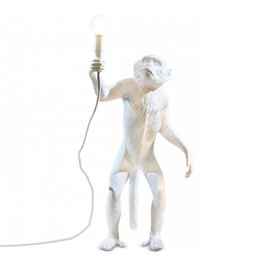
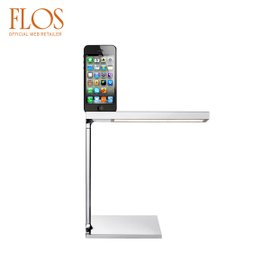
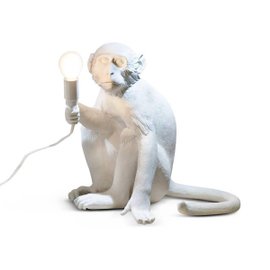
The heading and its reference to Mary Shelley’s masterpiece may be a bit too negative. In reality the new creatures of the design world don’t look as terrifying as Dr Frankenstein’s monster, although they might seem grotesque at times. But what exactly am I talking about? The fusion of furniture, accessories and extras in a single product, with a single stroke of the pencil.
It’s not a case of good honest modularity, or of playing with illusions and allegories; it’s not sofa beds or chairs with faces or monkeys supporting a table lamp. In the first months of 2017’s European design fairs, we’ve seen another kind of creation entirely: a plant in its pot incorporated into a coffee table, a table that forms the base of a floor lamp, a table lamp sprouting out of a kind of pen holder.
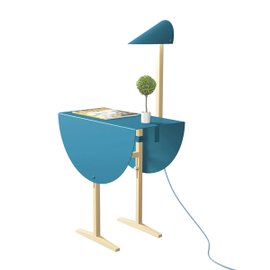
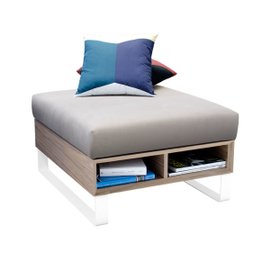
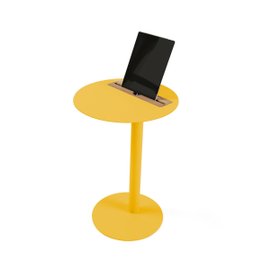
The fusion of objects can take on even more deceptive forms; as is the case of a chair perfectly integrated and concealed within the structure of a bookcase. Or it takes less ambitions but perhaps more functional forms: an armchair with a space under the seat for bags and jackets, or an office sofa whose back becomes a partition.
In any case, talk of fusion might appear to be an unjustified exaggeration. The truth is that beyond the sleek lines that aim to avoid the Frankenstein’s monster effect, the term seeks to underline the research, choice and use of materials: nothing is left to chance and there are no artificial joins like the doctor’s.
The new objects are made of plastic moulded in a single piece, so that one item can function as table or plant pot. Or metals combined in one shape, without the need for further detail. These are completely new shapes and materials, solid and sinuous, arising from the merging of several objects into a single idea. And they’re presented thanks to their producers’ desire for experimentation.
And now forget about Frankenstein; look around you and try thinking: which of your household objects would you like to combine? 2017 is packed with new products, for you too.
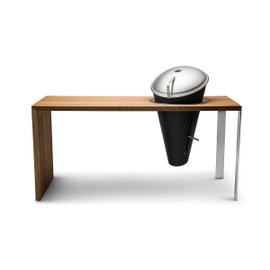
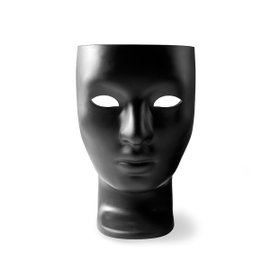
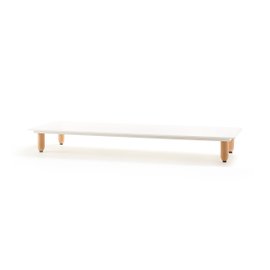
Seletti
Marcantonio Raimondi Malerba
Lighting
The best of Design
Lighting
Flos
Philippe Starck
Valsecchi 1918
Mario Tsai
Furniture
Steelwood Concept
Henry&Co
Spell
Home Accessories
The Hygge Philosophy: Informal and Versatile also in the Office
New&Cozy Express Delivery
Outdoor
höfats
Thomas Kaiser - Christian Wassermann
Driade
Fabio Novembre
Italian Design’s Top Brand
Black is the new black
Italian Design
Design icons
Design Icons - Bday LoveTheSign Edition
Dreaming of an elegant Christmas
ThESIGN
Davide Negri

 Back to
Back to
Size*
Quantity*




